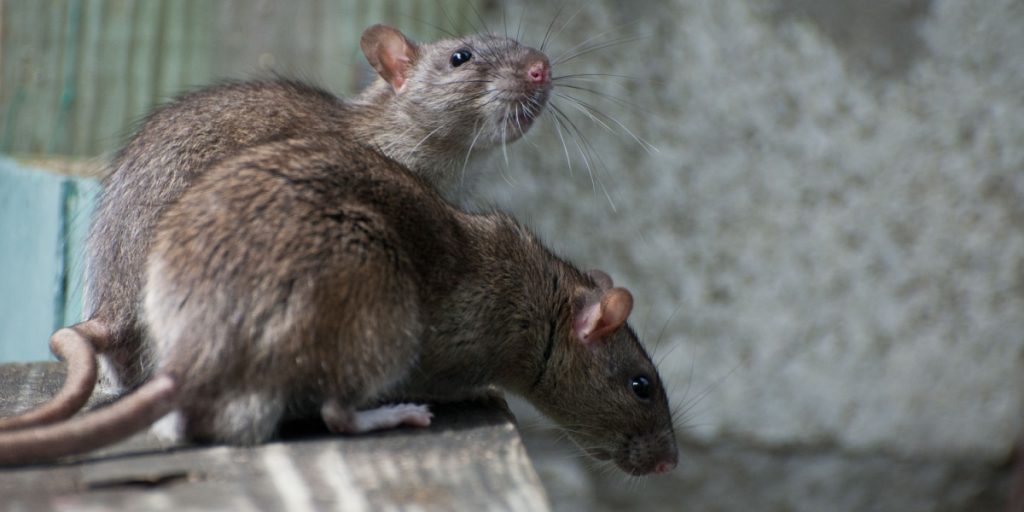Warmer winters and growing cities are creating the perfect storm for a global rat invasion.
Others are reading now
Cities around the world are facing a growing rat problem, and scientists say climate change and urbanization are driving the surge.
Warmer temperatures and expanding urban areas are creating ideal conditions for rats to thrive, leading to increased sightings and property damage.
Why Are Rat Populations Exploding?
Rats have lived alongside humans for thousands of years, adapting to city life by making use of our waste, infrastructure, and shelter. They nest in sewers, basements, and buildings, causing problems by damaging electrical wiring, contaminating food, and spreading diseases.
WP Tech reports that in the U.S. alone, rat-related damages cost an estimated $27 billion per year.
Also read
A study by researchers at the University of Richmond, published in Science Advances, analyzed rat complaint reports and city pest control data from 16 major cities over an average of 12 years.
Their findings showed that 11 cities had increases in rat populations, with Washington, D.C., San Francisco, Toronto, New York, and Amsterdam leading the trend. Meanwhile, New Orleans, Louisville, and Tokyo were among the few cities that saw declines.
The Role of Climate Change
One of the biggest reasons for the rat population boom is rising temperatures. Researchers found that cities with the fastest warming rates also had the fastest-growing rat populations.
Warmer winters mean rats can find food for longer periods, leading to extra reproductive cycles. A single female rat can have a litter every month, producing three to 15 pups each time — a formula for explosive population growth.
Another key factor is urbanization.
Larger populations mean more trash, more restaurants, and more food waste, giving rats plenty of resources to thrive. Surprisingly, the study also found that fewer green spaces contributed to rat population growth.
While previous research suggested that open grassy areas help rodents, this study found that densely packed urban environments with lots of waste are far more attractive to them than parks.
How Some Cities Are Fighting Back
Cities that have managed to reduce rat populations offer important lessons.
New Orleans has implemented public education campaigns to teach residents how to secure their trash and prevent rats from entering homes. In New York City, new rat-proof garbage bins have been introduced, though it’s still unclear whether they’ve made a difference.
As climate change and urban expansion continue, cities will need more effective rat control strategies to keep infestations under control. Without action, rising temperatures could mean even more rats in the years ahead.








